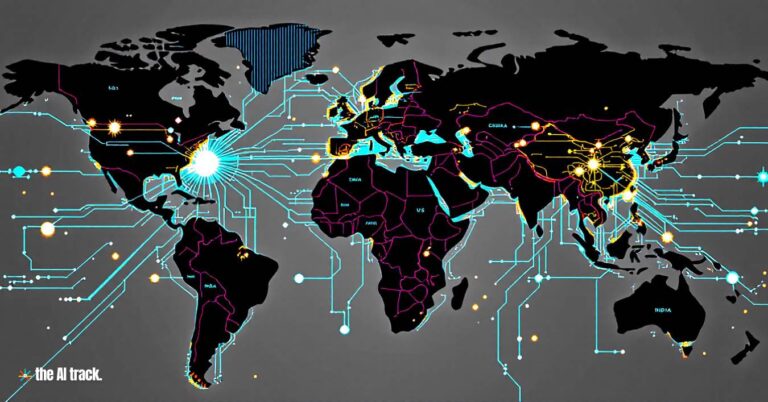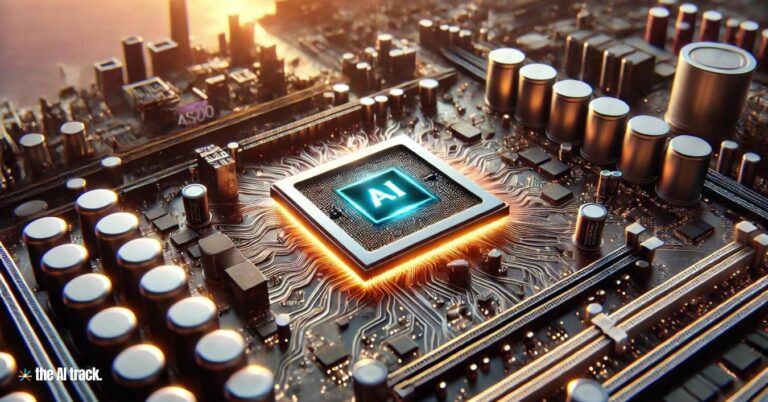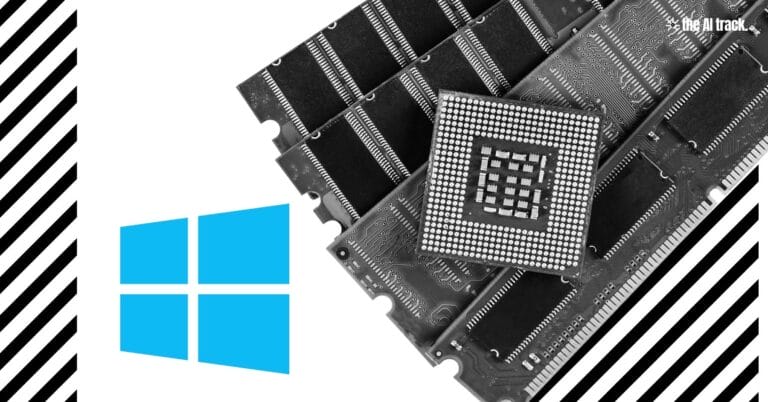The Trump administration has officially revoked the Biden-era “AI Diffusion Rule” and is preparing a new, simplified global licensing framework. The repeal was welcomed by chipmakers like Nvidia and allies lobbying for exemptions. However, the absence of a replacement timeline and continued U.S.-China tech tensions raise significant uncertainty around future export control enforcement and trade policy.

Trump Administration to Scrap Biden-Era AI Chip Export Rules – Key Points
Official Repeal of the AI Diffusion Rule:
The Trump administration rescinded the “Framework for Artificial Intelligence Diffusion,” issued in January during President Biden’s final week in office. The rule aimed to restrict the export of advanced AI chips—especially GPUs used in military-capable applications—to adversaries like China. It was set to take effect May 15.
Structure of the Revoked Rule:
Tier 1: 17 allies + Taiwan (unlimited access)
Tier 2: ~120 nations (capped access, licensing required)
Tier 3: Countries like China, Russia, Iran, North Korea (no access)
The system was deemed “unenforceable” and “overly bureaucratic” by Commerce Department officials.
Proposed New Strategy: Bilateral Licensing Framework:
The Trump administration is exploring a global licensing regime involving government-to-government agreements instead of broad geopolitical tiers. Countries such as Saudi Arabia and the UAE—both strong trade partners—may benefit from direct negotiations. No implementation timeline has been announced, and internal debates continue.
Ongoing Restrictions and Reinforcements:
Despite repealing the Diffusion Rule, Trump has retained—and recently tightened—prior export controls on China, banning even modified, down-clocked chips like Nvidia’s H800 and A800 unless licensed. This forced Nvidia to record a $5.5B inventory charge, and AMD to forecast a $1.5B revenue drop for 2025.
Market Reaction and Wall Street Sentiment:
Nvidia shares jumped 3% after the Bloomberg leak of the repeal, though analysts from Bernstein and Deutsche Bank remain cautious. While the repeal removed a near-term overhang, the lack of a replacement framework introduces new uncertainty. Sectoral tariffs and regulatory whiplash remain concerns.
Industry Division and Lobbying Influence:
Nvidia, Oracle, and Microsoft strongly opposed the Biden rule, citing export limitations. Jensen Huang publicly welcomed Trump’s shift. Anthropic, however, has argued for stricter controls to protect U.S. intellectual property and compute leadership. Jim Cramer labeled the Biden rule “absurd” and recommended profit-taking on Nvidia amid growing policy instability.
Sectoral Tariff Threats and Security Probes:
The Commerce Department opened a national security investigation into the semiconductor industry in April, potentially paving the way for sector-specific tariffs under the 1962 Trade Expansion Act. This could further complicate global chip flows and intensify U.S.-China tensions.
Nvidia’s Domestic Investment Strategy:
To align with U.S. industrial goals and offset export losses, Nvidia pledged a $500B investment in American AI infrastructure over the next four years. CEO Jensen Huang appeared at the White House with President Trump on April 30 to promote the initiative, signaling strategic alignment with the administration’s reshoring agenda.
Why This Matters:
Trump’s dismantling of the AI Diffusion Rule represents a pivotal shift from multilateral export caps to bilateral trade-based tech governance. While this could unlock more flexible partnerships and incentivize domestic investment, it also introduces risks: slower enforcement timelines, potential favoritism, and greater exposure to geopolitical friction. As U.S.-China competition escalates, the absence of a clear successor policy leaves chipmakers navigating a volatile and fragmented regulatory landscape.
Explore the vital role of AI chips in driving the AI revolution, from semiconductors to processors: key players, market dynamics, and future implications.
Read a comprehensive monthly roundup of the latest AI news!






